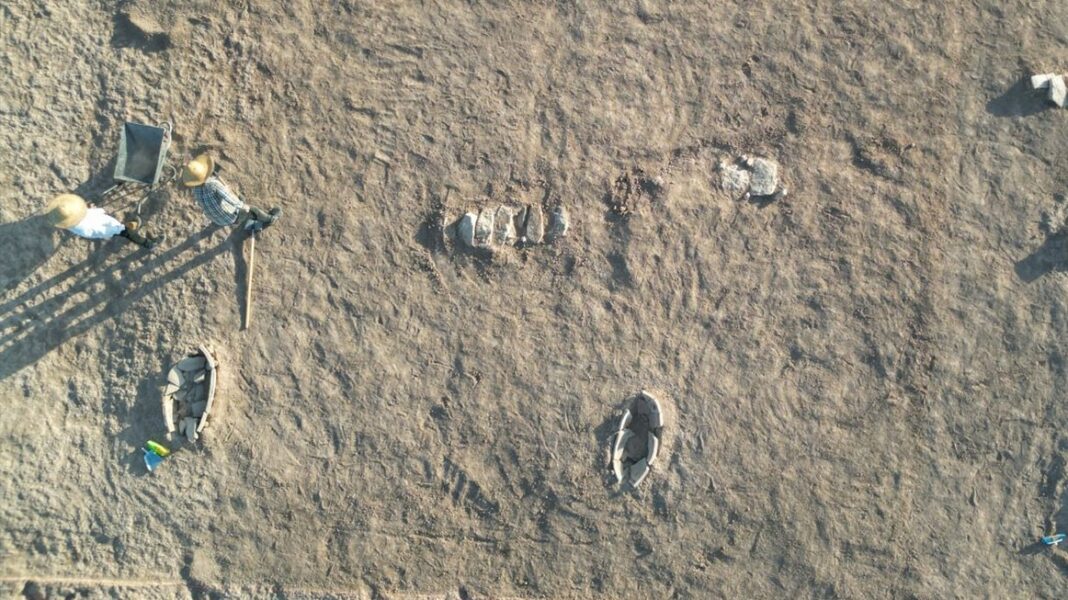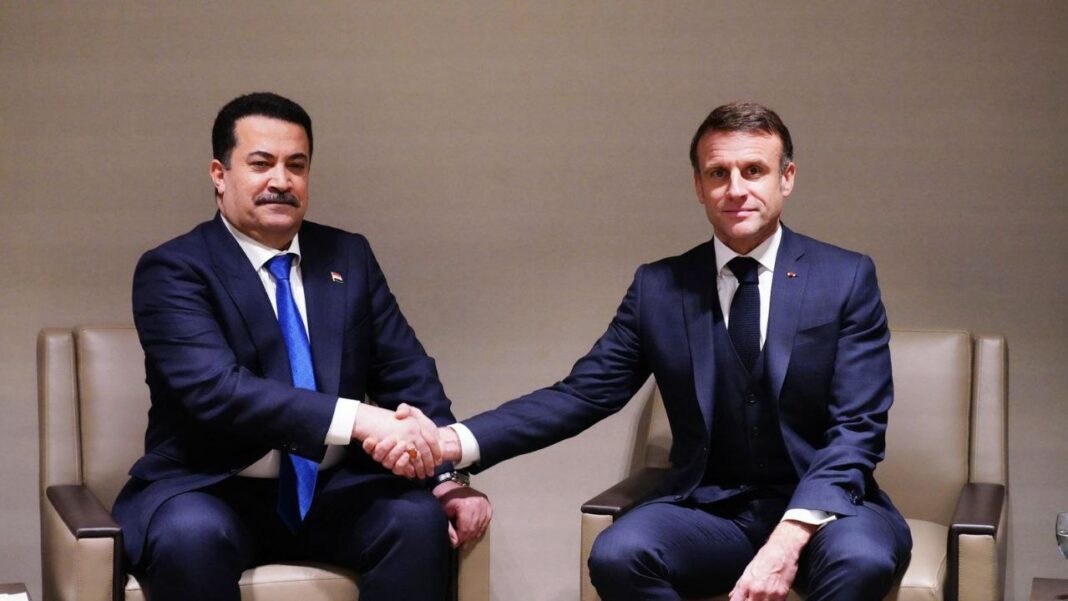An ancient Duhok cemetery discovery has revealed a historic site near Khanke village. Archaeologists uncovered forty graves dating back approximately 5,000 years. This discovery highlights Iraq’s deep cultural and historical heritage and shows centuries of continuous human life.
First, the Duhok archaeological team carried out detailed investigations at the site. They confirmed that the graves form a small cemetery near the old village of Khanke, in the Simele district. Interestingly, this area stayed submerged after the Mosul Dam was built in 1986. However, recent decreases in water levels exposed the graves, allowing experts to study them directly.
The graves display a distinct construction style and likely belong to the Hellenistic-Selucid era, around the third century BC. Furthermore, the cemetery contains layers from multiple historical periods, including the Bronze Age, Mittani, Neo-Assyrian, Hellenistic, and early Islamic eras. These layers demonstrate continuous human settlement over thousands of years.
Researchers emphasized that the ancient Duhok cemetery discovery provides valuable insight into long-term human habitation in northern Iraq. Each grave contains artifacts and structural elements that reveal cultural transitions and societal changes over time. In addition, items like pottery, jewelry, and tools help archaeologists understand early civilizations in the region.
To preserve the site, authorities plan to relocate the graves to the National Museum of Duhok. This move will allow researchers and the public to explore the artifacts safely. Moreover, officials stress protecting the site and raising awareness about Iraq’s historical wealth.
The discovery also shows how environmental changes can uncover hidden history. For example, the Mosul Dam’s fluctuating water levels revealed graves that had been underwater for decades. Consequently, archaeologists now monitor nearby areas to uncover additional buried treasures.
Experts hope that the ancient Duhok cemetery discovery will attract both scholars and tourists. They believe it can boost cultural appreciation and highlight Iraq’s archaeological significance. Ultimately, this find reminds Iraqis and the world that history lies beneath the land, waiting to be explored and preserved.
Overall, this discovery strengthens our understanding of Iraq’s past. In fact, it connects modern life to ancient civilizations and demonstrates the enduring legacy of human settlement in the region.



